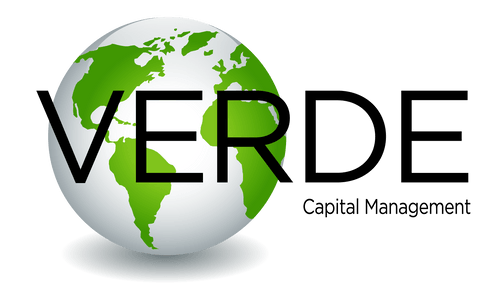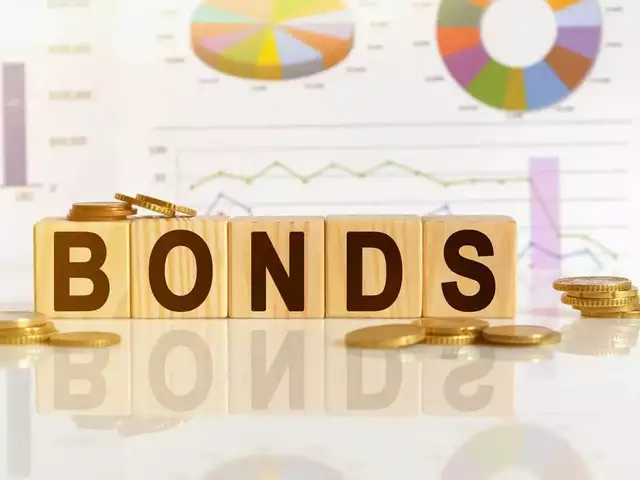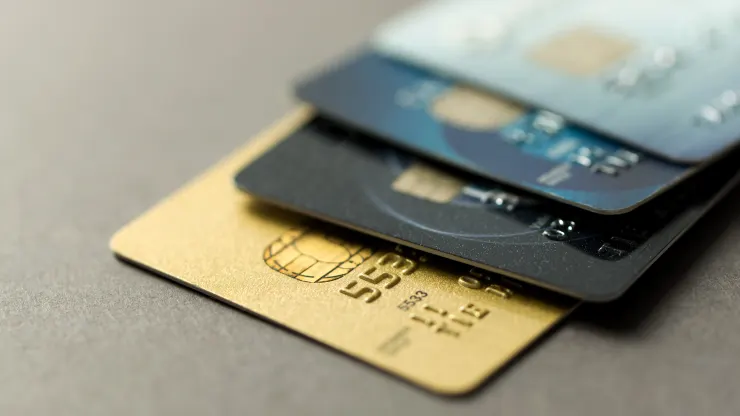When someone tells me they want to stick to a budget, but they have never been able to, and they don’t know what they are doing wrong, they are usually referring to their day to day spending budget. This budget is pretty hard to manage. It consists of many small transactions that seem insignificant at the moment of the purchase, but when your bank is flooded with them, it’s actually pretty detrimental.
Most people don’t even see that and they wonder where all their money goes every month. That’s why every year I like to do a no spend month. You can read more about what that is in my last blog post. Jump in with the rest of us and finish out our No Spend February. It’s totally worth it and very effective even if it’s just for two weeks. Having a reset every year is a great way to start the new year and really gets your mindset and habits in check.
Some people say “no spend months” are like “crash diets.” Like crash diets that are unrealistic, hardcore, and short-term, no spend months won’t get you to really change anything besides the one month you do them. After a no spend February people will go into a “Willy nilly March” and spend all the money they saved on all the things they wanted in February. They go right back into those old spending habits and stop the progress that was made, because they actually have not changed the way they manage their money. There’s no new plan or system to do things differently.
However, the way I see it, our no spend month isn’t meant to be long-term or make a drastic change in our money going forward. It’s actually supposed to be short-term and challenging and hard. It’s meant to be a reset to wake us up from mindless spending and spending by default, and realize that we need to be more intentional with our money. But having one reset month isn’t what is going to bring lasting change to your money.
So, then what will happen? Where do we go after our no spend month? Well, I’m glad you asked. I’m going to share with you what I teach my clients about spending. Ready? Let’s get started.
Introducing your new spending account for day to day spending.
Let me explain. Many people budget by category: groceries: $600/month, gas $250/month, eating out $200/month, etc. I’ve done this too. What I have found in my own life is that the tracking isn’t worth it. When I’ve set a monthly budget on a spreadsheet or an app, I go throughout my month and track where I’ve spent and at the end of the month, inevitably, I go over every budget, every category, every month. This wasn’t helpful to me. Tracking is not the same thing as budgeting. Also, it takes time many people don’t have or choose not to use on tracking.
There is a better way. And this is the way I teach my clients. What if we had a budget that followed us around so we knew how much was in it at all times and we could be guilt free on using every dollar of it? There’s no tracking involved, no categorizing, no sifting through many little transactions. It’s wonderful.
Want to learn how? Here’s what you do.
Step 1: Determine the amount
Determine how much you need per week for your spending. This spending would include groceries, gas, eating out, Amazon purchases, entertainment, Target runs, etc. You can categorize it out to get an initial estimate and then you won’t have to worry about doing that again for a bit.
Once you get a number per week, you will figure out how much you need per pay period. For example, if you are paid bi-weekly, take this weekly amount and times it by 2. Let’s say my total was $300/week. If I am paid bi-weekly, then my per pay period amount would be $600.
Step 2: Open a new checking account
Next, I want you to open a second checking account and call this your Spending Account. Every pay period, as soon as you get paid, transfer money from your main checking account to your new spending account. This spending account will have its own debit card and you will use this debit card on all the purchases that are related to those categories that you broke out initially.
So in our example, once I get paid, I would transfer $600 to my spending account. This is the amount that I can use until I get paid again and transfer another $600 to my account. Make sense?
Why are we doing this?
Now we have a budget that follows us around and we know exactly how much is left in it at all times. We also only have to manage this amount until the next pay period. We can use every last dollar. But don’t go over! You can check the balance of this account to see how much you have left for groceries, gas, etc for the rest of the pay period.
Now for those that use their checking account balance to gauge how they are doing financially, this works pretty much the same way. But now you have a separate account just for your spending. And for those that never had a limit to their spending, now you have a limit, but you can feel free to use it all – guilt free!
How does that sound and feel? I think it’s pretty freeing. You have boundaries, but you can feel free to spend within those boundaries. And as a coach, I don’t set this number. I help my clients determine what they are comfortable with spending. We talk about their values, their goals, their lifestyle and we find a number they are happy with while still achieving their goals.
I would love to hear how it works for you. This is one of the key foundations of the framework that I teach my clients. It helps really get clarity and awareness around our money so we can feel confident and know that we are in control and making progress towards our goals.
If you are interested in hearing more and getting personalized help with your finances, I would love to talk with you. Click here to schedule a quick call to see how coaching can help you.
If you aren’t quite ready, please sign up for my newsletter where I share personal money stories and tips on ways to manage your money this new year. When you sign up, you get my free guide to cutting your grocery bill in half!
I look forward to hearing from you and seeing how this impacts your money.
Verde Capital Management, Inc. is a federally registered investment adviser. The information, statements and opinions expressed in this material are provided for general information only, are based on data we believe to be accurate at the time of writing, and are subject to change without notice. Financial Coaching services are only provided to those with a financial coaching service agreement in place. Investment advisory services are only offered to clients or prospective clients where Verde Capital Management, Inc. and its representatives are properly licensed or exempt from licensure. No advice may be rendered by Verde Capital Management, Inc. unless a client service agreement is in place.










